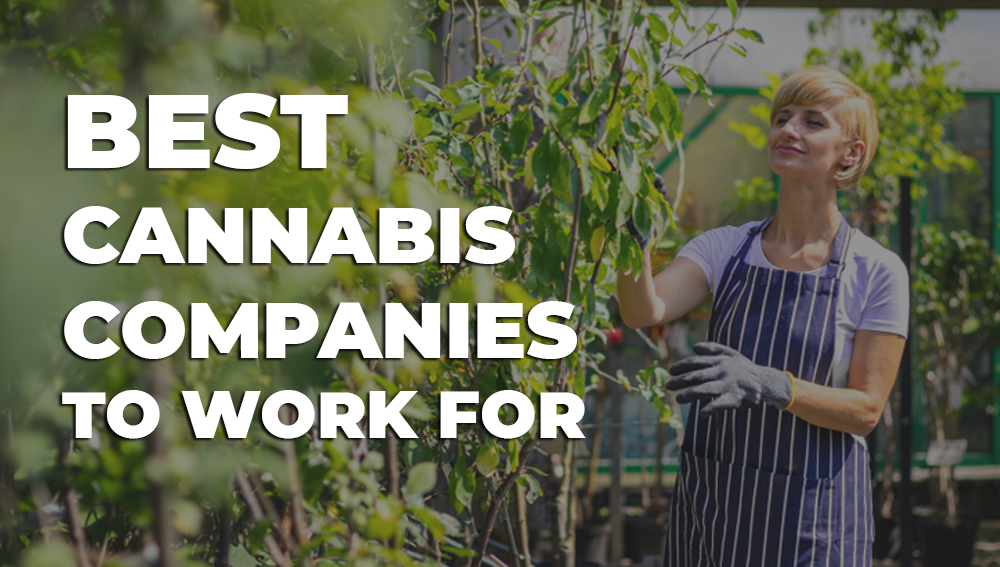
The secret of the buds: Healthy roots and good fertilizers. The roots of cannabis plants are responsible for capturing water and nutrients from the soil to later transform them into new tissues such as leaves, stems or buds. They take energy from the sun through photosynthesis, but for water and minerals they depend on the roots. The health of the root system has a direct influence on the success of the crop: plants that produce good crops always have healthy and abundant roots, while a diseased or underdeveloped root system is the main cause of a good number of failures.
The roots do not only need water and nutrients. To remain healthy they require certain conditions of humidity, oxygenation and temperature. The most important factor, and the most overlooked, is that the roots need oxygen and cannot live in an excessively waterlogged environment. Curiously, growers tend, in their eagerness to ensure that the plants do not lack water, to overwater them, which causes weak and underdeveloped roots, which easily get sick.
To ensure proper oxygenation of the roots, it is best to use a substrate that drains very well, something easy to achieve if it contains between 10 and 30% perlite or some other component that promotes drainage, such as arlite or volcanic rocks. An advantage of well-drained substrates is that the plants can be watered frequently and abundantly, which facilitates proper nutrition with liquid fertilizers.
The roots absorb the water mainly through the outer layer of the youngest roots, where the root hairs are found, very small and fine and always close to the growth tips of the roots. The large number of existing root hairs greatly increases the absorption area of the root.
Absorption and distribution of water and nutrients
The roots absorb water from the soil through a process of osmosis. The higher concentration of salts inside the root with respect to the salt content of the soil attracts water to the inside of the root. The mixture of water and mineral substances that the plant absorbs by the roots is called raw sap, and it is transported to all the aerial parts of the plant, where it is transformed into organic compounds during photosynthesis, with which it makes new tissues.
In order for the raw sap to rise through the stem of the plant to the leaves, three combined systems are used. First, the pressure of the water entering the roots pushes the column of raw sap upwards. Second, the cohesion force between the water molecules causes them to attract each other and stick to the inner wall of the xylem, which is the conduit through which the sap rises. The push of the water molecule by molecule is the cause of the negative pressure observed in the xylem and that helps the water to penetrate the root by osmosis. Finally, the perspiration that occurs in the leaves due to the energy provided by the sun produces a suction effect, since the loss of water through the stomata causes the column of raw sap to advance and rise, that is why the plants are capable of absorbing much more water and nutrients in hot weather, as evaporation from the leaves accelerates the work of the roots.
Soil conditions where plants grow are key to plant health. If the roots are not comfortable, the plant does not develop well. For plants to grow, the substrate must meet several conditions: conserve moisture well but without remaining flooded, allow oxygen access to the roots and maintain a pH and salts level in the soil that is optimal for the absorption of water and nutrients.
The ideal substrate forms a ball when a handful is compacted between the hands, but the ball crumbles quickly when squeezed. The pH should be between 5.5 and 7. In indoor cultivation it is usually kept in the lower band of this spectrum (pH 5.56), and in outdoor cultivation, less demanding, the ideal is a pH between 6 and 7.
Often many problems that may appear at first glance to be the consequence of a lack of nutrients are actually due to an imbalance in the conditions of the substrate. For example, when an excess of salts accumulates in the soil, they prevent the absorption of certain nutrients and even water, reducing growth and symptoms of deficiencies appearing on the leaves. If the pH of the substrate or irrigation water is too high or too low, certain minerals are blocked and cannot be absorbed. When the roots do not have access to enough oxygen, the growth of the plant slows down and, if they remain too waterlogged, they can rot and the plant will die. At the opposite extreme, if the soil becomes too dry between watering and watering, the roots suffer and the most sensitive parts (such as root hairs) die. As a result of these injuries, the plant has to dedicate its energy to repair the roots and growth is reduced.
This is the first of three entries to get good Marijuana buds. Keep reading in: «The plant nutrients of Marijuana«.








